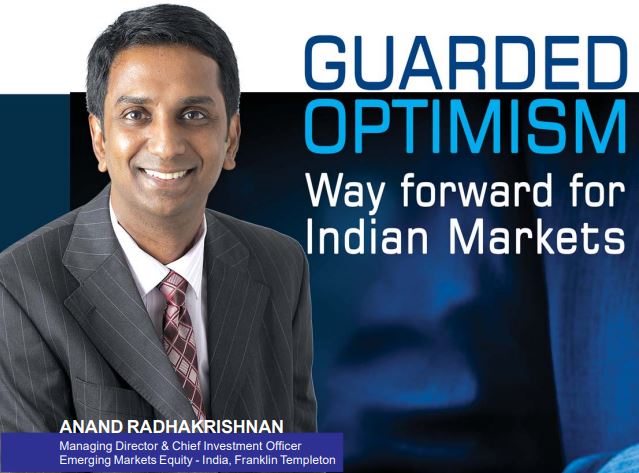by Anand Radhakrishnan
2022 started on an optimistic note, as most global economies reopened after the pandemic. Equity markets continued to enjoy the excess liquidity rush from stimulus packages. War, inflation, and policy rate actions dominated the markets in 2022 amid periods of interim euphoria where markets touched life highs. Inflationary pressures emanated from stimulus-driven liquidity engulfing key developed economies and many emerging markets which eventually led to synchronized policy actions by major central banks. Amid tighter liquidity conditions and hardening interest rate regime globally, the risk assets ended lower during the year.
Key trends in 2022
- Uptrend in investment continued as manifested in the manufacturing and services PMI levels and industrial credit offtake.
- K-shaped recovery – divergence in rural and urban demand – Urban consumption trend continued to show an uptick in 2022 led by growth in personal loans, passenger car sales, credit card outstanding. Rural demand lagged – muted growth in two-wheeler, consumer staples volumes.
- Thrust on manufacturing – widening PLI sector coverage beyond 14 sectorsis being considered with an aim to boost domestic manufacturing and create jobs.
- Easing of supply chain pressures – while the year began withsupply chain pressure index scaling life-highs, easing restrictions in China during the year aided to reduce global supply chain pressures.

Going forward
Growth divergence between India and DMs: 2023 growth projections for emerging Asia (4.9%) and India (6.1%) stand higher compared to World output (2.7%) and advanced economies (1.1%).
Inflation and growth slowdown especially in major economies – US, Europe, and China – remain key areas of concern which will continue to influence the global growth. Global inflation could likely further recede as supply chain pressures ease and central banks will remain committed to tighter policy.
While services sector continues to drive global inflation, lower commodity prices could render support to domestic current account situation. Risks to growth recovery could emanate from prolonged global slowdown, any price shocks in global commodities and higher-than-anticipated rate tightening by global central banks.
Domestically, 2023 could be better than CY2022 given factors including (i) ongoing recovery in domestic consumption demand, (ii) supply side measures to revive private sector capex, (iii) stronger balance sheets of corporates and banks (iv) the likelihood of global recovery expected in second half. Structural growth drivers include domestic orientation, improving internal demand and investment growth, opportunities from global supply chain diversification and policy measures for manufacturing and infrastructure development to induce sustainable growth amongst other factors.
Opportunities for investors: Sentiment will be guarded, and investors could likely seek to invest in businesses with strong balance sheets and sound business models, at least until a genuine global economic recovery takes shape. Cheaper valuations could bode well for long term investments in equities.
It is recommended to consider staggered investment in diversified fund categories.
Anand Radhakrishnan, Managing Director & Chief Investment Officer – Emerging Markets Equity – India, Franklin Templeton







